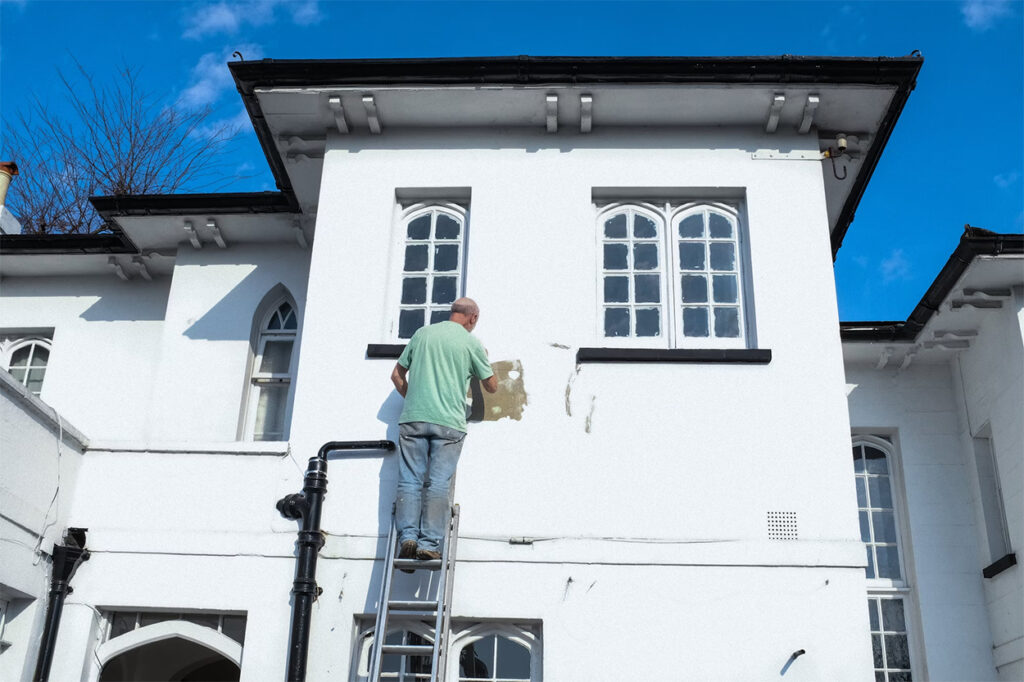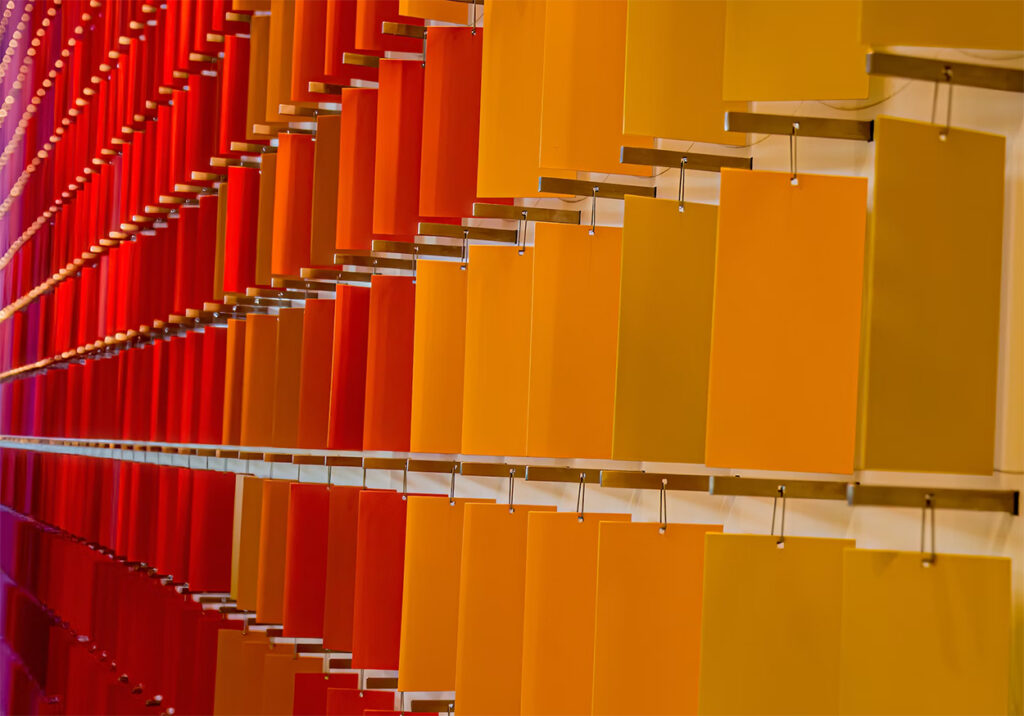A New Type of Paint to Heat and Cool Buildings
Building designers and builders paint homes and buildings for protection and aesthetic appeal. Coats of paint protect wood, metal, or concrete blocks to slow the interior or exterior surface’s degradation. Paint can lock out corrosive chemicals and moisture and minimize bacterial activities that lead to dry rot and invasion of wood-destroying pests.
It can insulate against the harmful effects of extreme temperatures and block the sun’s UV rays. A good coat of paint protects concrete against chemical damage, corrosion of reinforcement bars, and aggregate expansion. It also improves the air quality inside homes and buildings.
A new kind of paint
While paint already benefits buildings, scientists at Stanford University have developed a new kind of paint that can regulate the temperature inside homes and buildings. According to the statement released by the university, the paint can keep buildings cool in summer and warm in winter, effectively lowering energy bills and reducing carbon emissions.
During their trials, the scientists found that the energy used for cooling was reduced by 21 percent while heating lowered by around 36 percent. Over one year, the overall energy usage of a building went down by 7.4 percent, which is beneficial as climate change causes weather conditions to change dramatically.
Beneficial to a warming world
Although energy and emissions from heating are likely to continue going down due to the gains in energy efficiency, the rising use of air conditioning, particularly in developing economies, outbalances the gains. The study’s senior author, Prof. Yi Cui, said it is vital to reduce global energy and emissions from heating and air conditioning to meet the goals for zero emissions.
A few methods are already in place to enhance insulation, such as low-emissivity films for windows. But the focus is now on reducing the heat exchange between workspaces, human living, and their surroundings.
With the projected increase in the demand for innovative insulation materials, the University of Stanford scientists concentrated on paint. While it is not the first time paint provides cooling and heating benefits, the options available are limited to gray or metallic silver color. The limited availability affects the paints’ applications. The scientists created paints in a wider range of matte colors to enhance aesthetic appeal.
They already have eight colors – white, blue, green, yellow, purple, orange, dark gray, and red. The test results showed that their paint is ten times better at reflecting high mid-infrared light than commercial paints in the same colors. Further, the paints they have created can also be applied to other objects to enhance their heating and cooling attributes. They add an extra thermal barrier for various objects and materials, according to Yucan Peng, one of the study’s co-authors.
Moreover, the paints are water-repellant, which makes them suitable in humid environments. The paint surface is easily cleaned by water flushing or a wet cloth.

A two-layer application
The new paint the University of Stanford scientists invented has two layers that should be applied separately. First is an infrared reflective bottom layer that uses aluminum flakes. The upper layer is an ultra-thin, infrared transparent layer that uses inorganic nanoparticles. The upper layer is the one with various pigments.
In nature, 49 percent of the planet’s natural heating occurs when surfaces absorb sunlight’s infrared spectrum. Thus, the newly invented paint should be applied to roofs and exterior walls to keep the heat out. The infrared light passes through the colored layer of the paint, which is then reflected by the bottom layer. The latter passes the reflected infrared light through the upper layer, preventing its absorption by the building material.
For keeping heat in a building’s interior, the paint is applied to the inner walls, with the lower layer reflecting about 80 percent of the infrared waves and transferring energy across the space to keep the heat inside during cold weather.
As they conducted more experiments, the researchers also discovered that the paints’ aesthetics and performance were not altered by high temperature (up to 176 degrees Fahrenheit) or low temperature (-320.5 degrees Fahrenheit) even after a week of constant exposure. Low-acidic and high-acidic environments did not affect the paints either.
Another study co-author, Jian-Cheng Lai, explained that they continue refining their paint formulations to make them more suitable for practical applications. Likewise, they are looking into creating water-based solutions to make the product more environmentally friendly when they go into commercial production.
With the heating and cooling properties of the new paint, the researchers foresee its applications in other spaces, such as trucks for refrigerated cargo, trains, and buses. They also conducted simulations of a typical mid-rise apartment building in different climate zones in the U.S. and received favorable results.
